Asetek recently announced their new Rad Card GPU Cooler. You might have heard of the company Asetek by now, since they are responsible for the many all-in-one (AIO) liquid coolers in the market. The new Asetek Rad Card is the industry’s first “slot-in” PCIe radiator card. I think it is a cool design, as it will make the system look like it is running on a multi-GPU setup; except it is not. The Rad Card will debut in the new Dell Alienware Aurora R11 gaming PC. So, it may not be long until we see similar products based on the RAD Card for the DIY market. Check out more details below.
Asetek Rad Card GPU Cooler Revealed
Space concerns are a real issue for PC manufacturers, leaving GPU air cooling as the only option, until now. Asetek took this challenge head-on, innovating a new approach to radiator technology that reimagines the shape and location of the radiator. The Asetek Rad Card GPU Cooler fits into your motherboard’s PCIe slot, just like any other add-in card. By utilizing PCIe slots, Asetek has defined a way to overcome PC manufacturers’ dilemma of finding additional space inside the case for a liquid cooled GPU heat exchanger (HEx).
The unique design of Asetek’s Rad Card GPU Cooler provides numerous benefits:
- Space: Rad Card enables a liquid cooled GPU in a chassis where space is constrained, while leaving room for a liquid cooled CPU in the same case.
- Performance: In space constrained PC cases, Rad Card provides superior cooling over an air-cooled GPU, ensuring GPU stability and limiting thermal throttling.
- Aesthetics: Rad Card eliminates the hassle and clutter of tube routing for a clean and sparse system environment.
According to John Hamill, Chief Operating Officer at Asetek: “When Alienware approached us to develop a solution to enable GPU cooling in space constrained cases, we were up for the challenge,”. “The result is a completely redesigned approach to GPU cooling.”
Will We See A Similar Product for the DIY Market Soon?
Well, I hope so, since this is a really space-saving feature. Just imagine, your GPU being cooled by an AIO liquid cooler just like your CPU; and you don’t have to worry where to put that 120mm or 240mm radiator for the GPU inside your chassis.
There are graphics cards that comes with an all-in-one liquid cooler already. An example would be the EVGA GeForce RTX 2080 Ti FTW3 Ultra Hybrid Gaming and the Gigabyte AORUS GeForce RTX 2080 Ti Xtreme WaterForce. But they are usually built-in with the graphics card. And graphics cards with AIO cooler are usually more expensive compared to the vanilla or air-cooled version.
This would basically open a new gate to AIO liquid GPU cooling. I hope third party companies will be able to release a GPU cooler based on this technology soon.


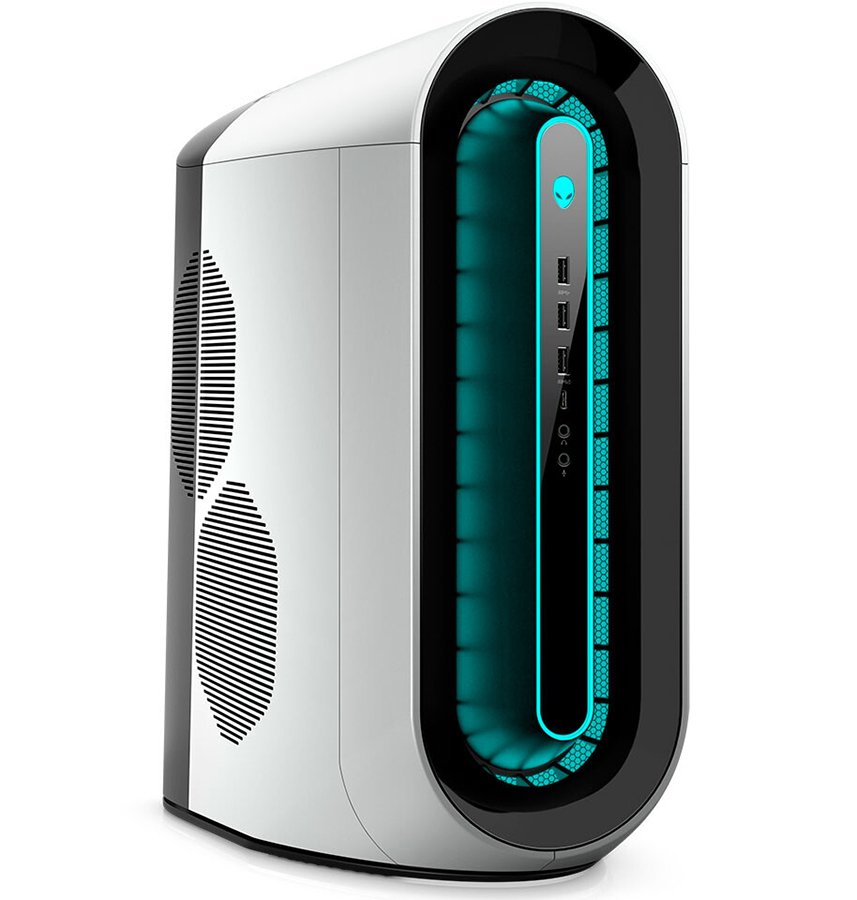
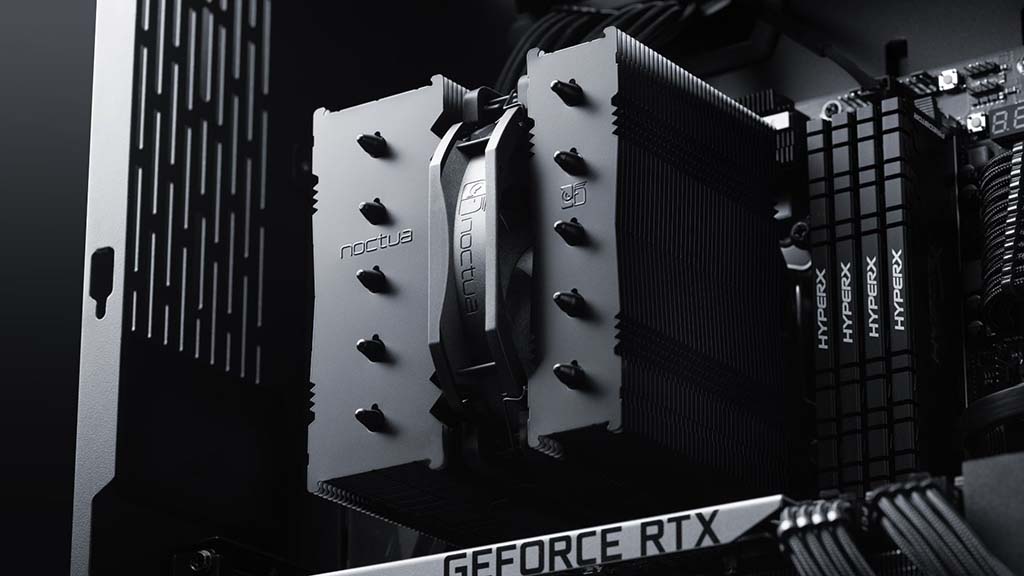
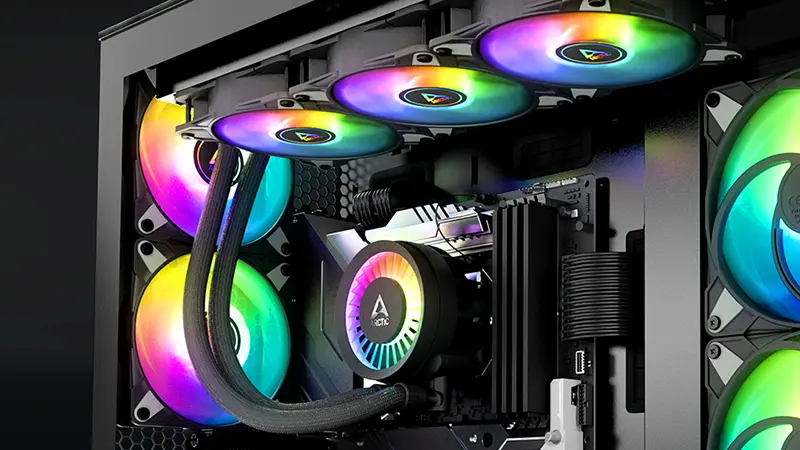
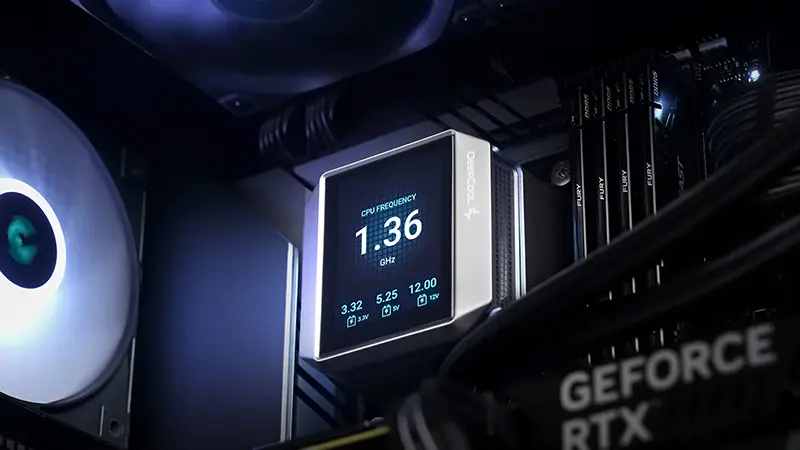
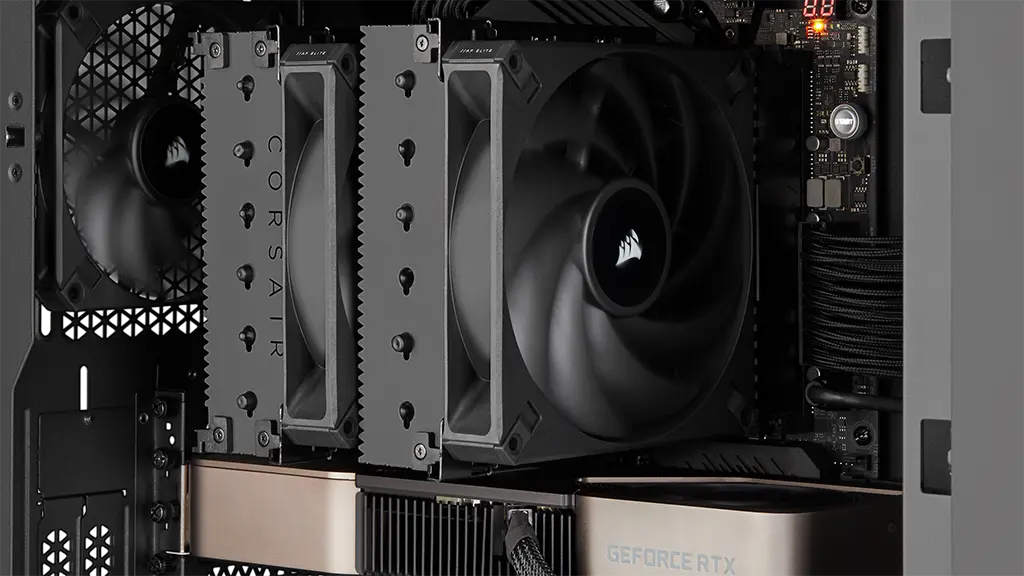
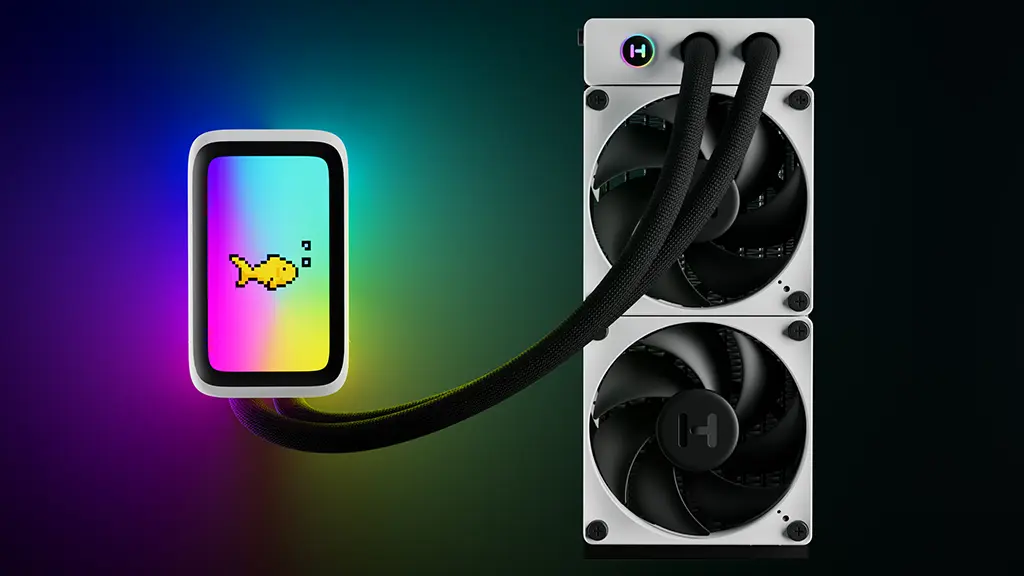
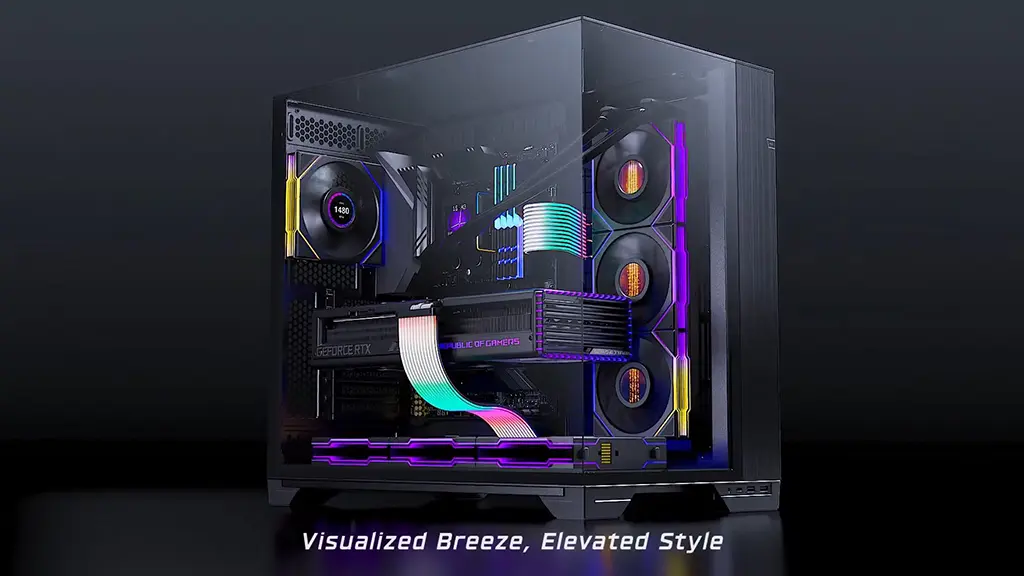

G’day,
in your review you have the Bulleted point
Performance: In space constrained PC cases, Rad Card provides superior cooling over an air-cooled GPU, ensuring GPU stability and limiting thermal throttling,
ATX is not space constrained, try fitting this Monstrosity in a ‘space constrained’ ITX Case, or even a M-ATX,
I think you will find a GPU with a 120mm Radiator/Fan will fit much better
Hi Shane, I hope you are well.
First of all, it’s not a review. It’s a news article. Please don’t confuse news articles, or round ups as reviews.
The bulleted points are the features highlighted by Asetek. And I don’t think they are referring to ATX or M-ATX cases used in the DIY community.
They’re referring to OEM cases, like their Alienware PCs, where airflow isn’t as good compared to cases/chassis in the DIY community. Ex: cases from Corsair, Fractal, Cooler Master etc etc.
For now, this product is exclusively used in Alienware PC only. If ever they come to mainstream market, like the AIO CPU coolers, I’m pretty sure that 3rd party companies who will make a GPU cooler based on this design will implement their own “unique” or approach design. And it’s going to target specific market or users, since not all have the extra space to spare for the PCI radiator.
If the pump is above the radiator, won’t that cause issues with air bubbles?
Linus opened one. And here is the answer to your question -> https://youtu.be/iN-0rTwiFBQ?t=486
But this will probably be redesigned soon thanks to RTX 30 series.